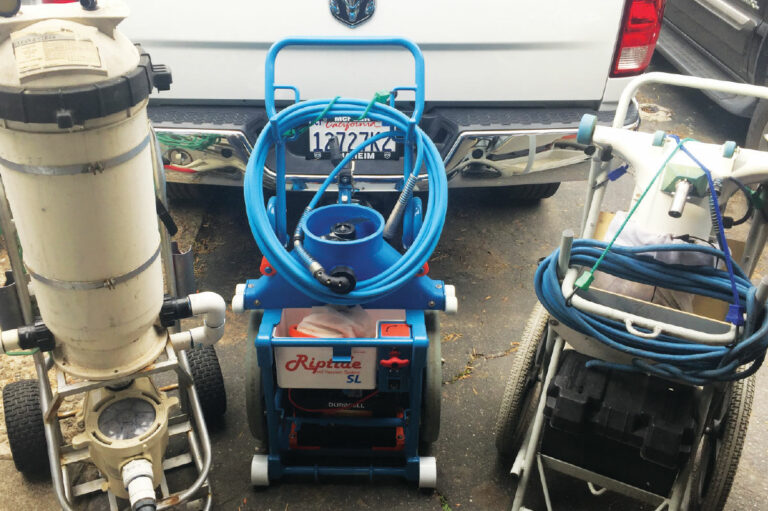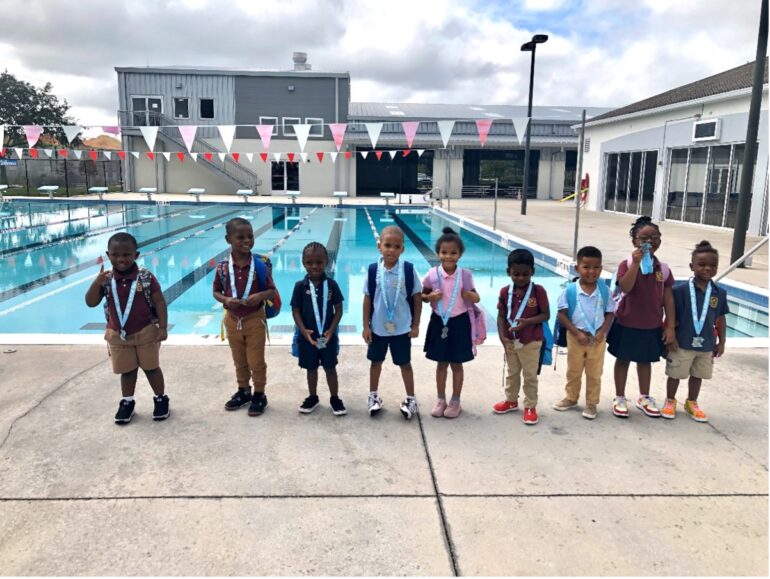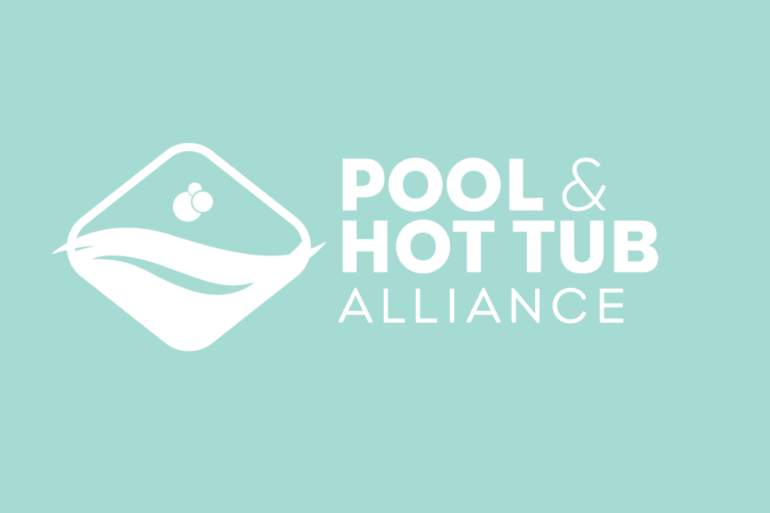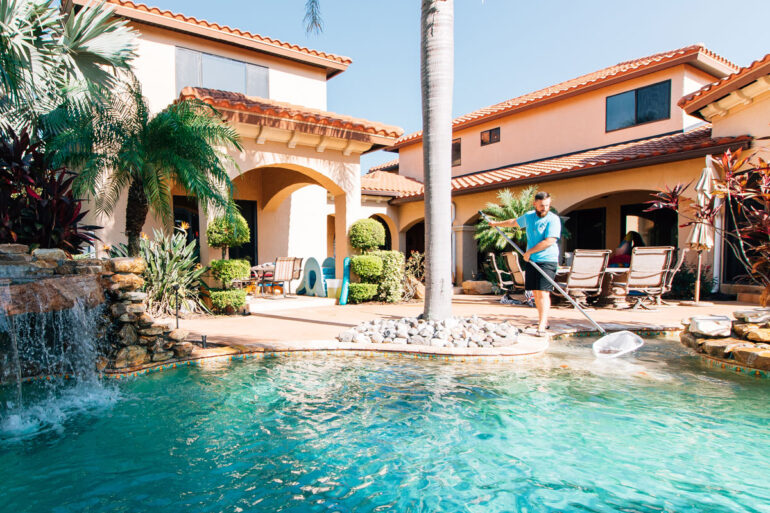Safe Swimming
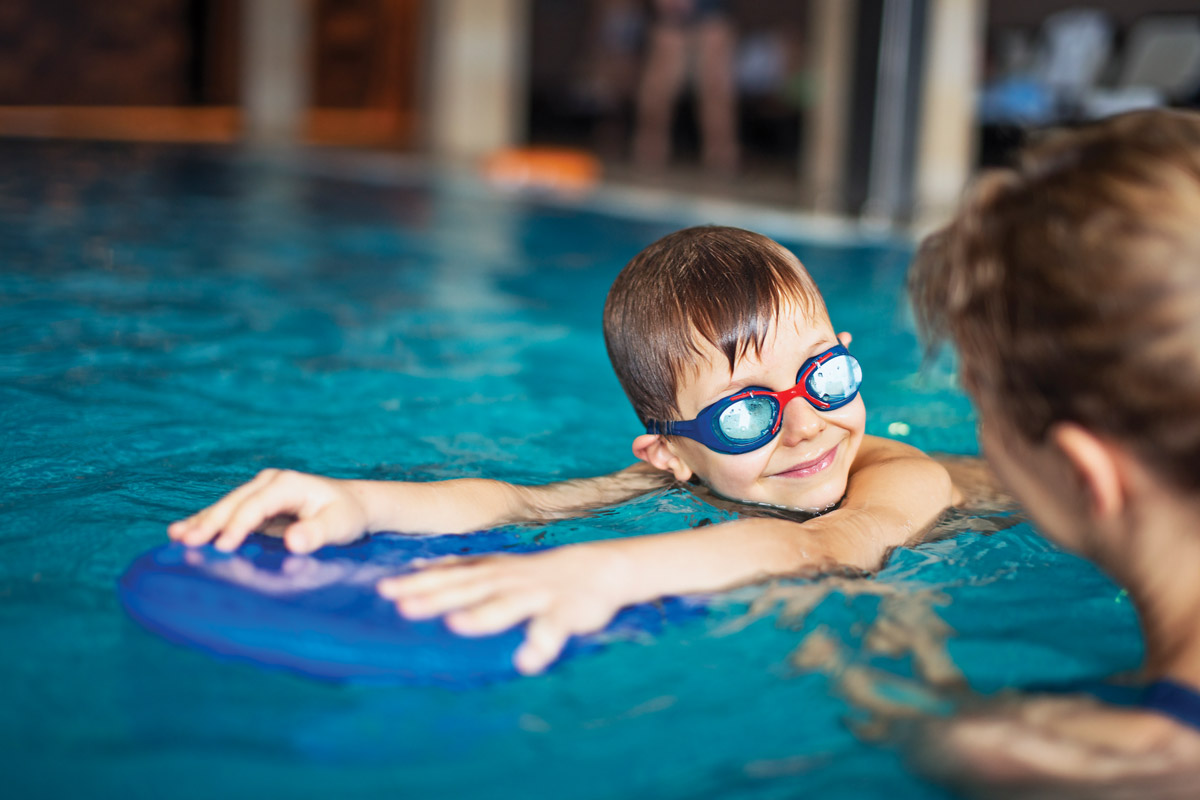
Saving lives through swim education
Drowning is a tragic event no pool pro wants to think about. Yet 11 people die by unintentional drowning every day. It is also the leading cause of death for children between ages 1-4 in the U.S.
While the topic is difficult to discuss, educational conversations are a key part of creating initiatives that decrease drowning deaths. National Water Safety Month — observed each May — is the ideal time to have those conversations with customers.
“We need to join forces and become stronger and work together,” says Casey McGovern, program manager and director of Every Child a Swimmer. “It’s about saving lives.”
Here’s a look at swim safety nonprofits helping to prevent water-related fatalities, illnesses and injuries — all year, not just in May.
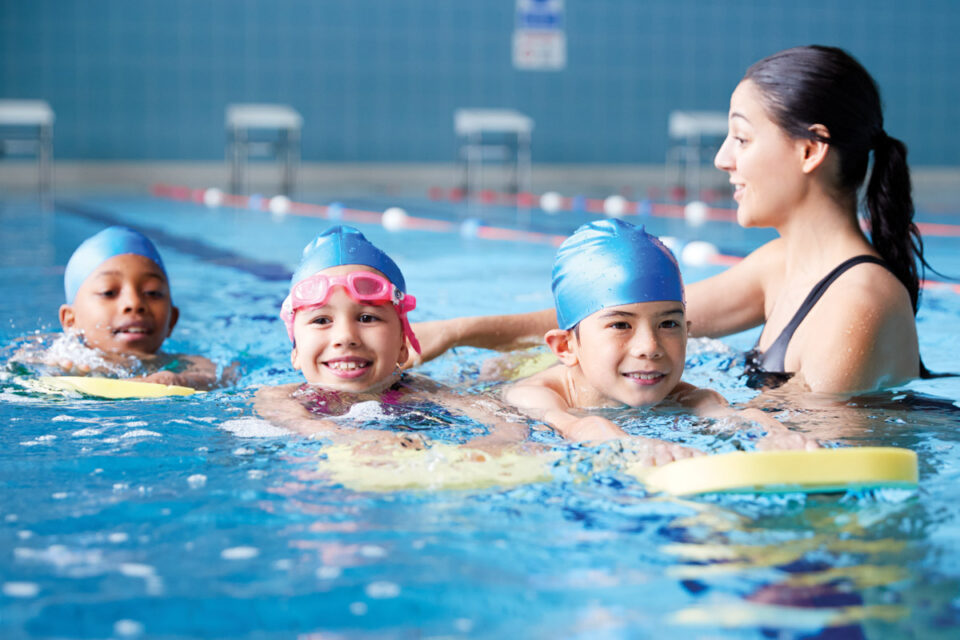
Every Child a Swimmer
Every Child a Swimmer is committed to providing swim lessons for children who come from low-income families.
“I want us to bring about change,” McGovern says. “I want drownings to decrease. I want drownings to be zero.”
McGovern lost her daughter, Edna Mae, at 19 months old due to a drowning accident and says the topic of drowning isn’t talked about enough. Since her daughter’s death 14 years ago, she has encountered many families who still feel stunned a loved one drowned on their watch.
Too many people think it won’t happen to them, she says.
“It’s quick, it’s silent — it can happen in a bucket of water just as easily as in a backyard pool,” she emphasizes.
The Florida-based nonprofit offers swim lesson opportunities at low to no cost for qualified families. That often means up to three months of free swim lessons, McGovern says. The organization’s goal is “to create a generation of swimmers.”
Her work will never bring her daughter back, but McGovern promises to never give up on educating the public — especially parents — on the dangers of water.
“I don’t want anyone else to go through this,” she says. “It’s preventable.”
Swim tip to share: Pediatricians recommend children participate in swim lessons starting at age 1.
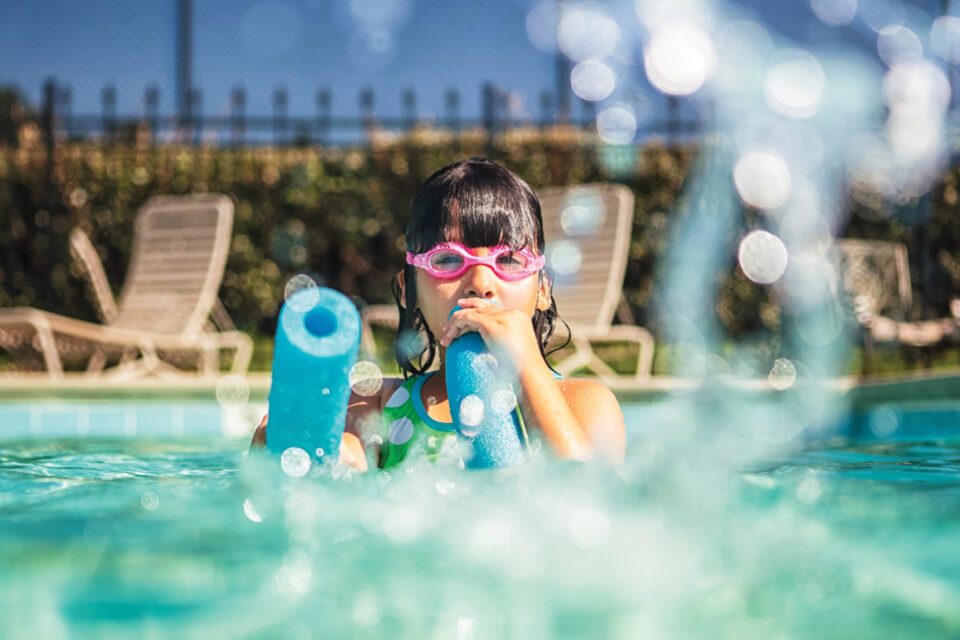
Step Into Swim
As an initiative of the Pool & Hot Tub Alliance, Step Into Swim is one of the most visible swim safety nonprofits in the industry.
“The Pool & Hot Tub Alliance’s core purpose is to promote safe and healthy pool and hot tub environments for people to share enjoyable aquatic experiences,” says Sabeena Hickman, president and CEO of PHTA. “Our Step Into Swim donors understand that everyone in the pool and hot tub industry plays a role in water safety, and we are so appreciative of their help in raising awareness about the importance of swim lessons.”
The American Academy of Pediatrics recommends kids experience swim lessons as early as 1 year old. Step Into Swim embraces that by offering free and low-cost swim lessons nationwide to low-income families. So far, the program has funded swim lessons in 46 states since its 2012 inception for more than 300,000 children.
Swim schools can apply for funding through Step Into Swim, too.
Swim tip to share: When not in use, remove all toys from the pool and surrounding deck that may attract children to the area.
National Drowning Prevention Alliance
Drowning can happen in as quickly as 30 seconds — that’s the point the National Drowning Prevention Alliance drives home. As an alliance, the goal is to educate, share resources and elevate awareness for everyone from parents to backyard pool servicers.
Dr. Adam Katchmarchi, NDPA’s CEO, says backyard servicers are in a “really unique position” to have water safety conversations with clients. They can spread awareness with something as simple as leaving behind swim safety pamphlets for customers. Because servicers know backyard pools so well, they can quickly pinpoint safety issues and bring them to the homeowner’s attention. For example, they can let them know if the pool gate is broken or if the floating pool safety alarm needs replacing.
Katchmarchi also stresses that drowning is a national and local issue. Conversations about safe swimming must be held across numerous industries — from the pool industry to pediatrics offices and with local public health officials and beyond.
“There’s not a single solution in any environment that’s going to eliminate the risk of drowning [which] changes based on the environment — there are risks with a backyard pool and there are risks with the ocean, but those risks are different,” he says. “That’s why drowning is a local issue as well.”
While NDPA has several educational opportunities, its “The 5 Layers of Protection” message is simple and can help a range of audiences. Those layers include barriers and alarms, water competency, supervision, life jackets and emergency preparation. The nonprofit’s website has a video about the layers and a blog as part of its free resources for the public and other industry sectors.
Swim tip to share: After swimming activities, put up the pool fence and lock any doors with access to water. This is especially important to remember while vacationing in unfamiliar locations near water.
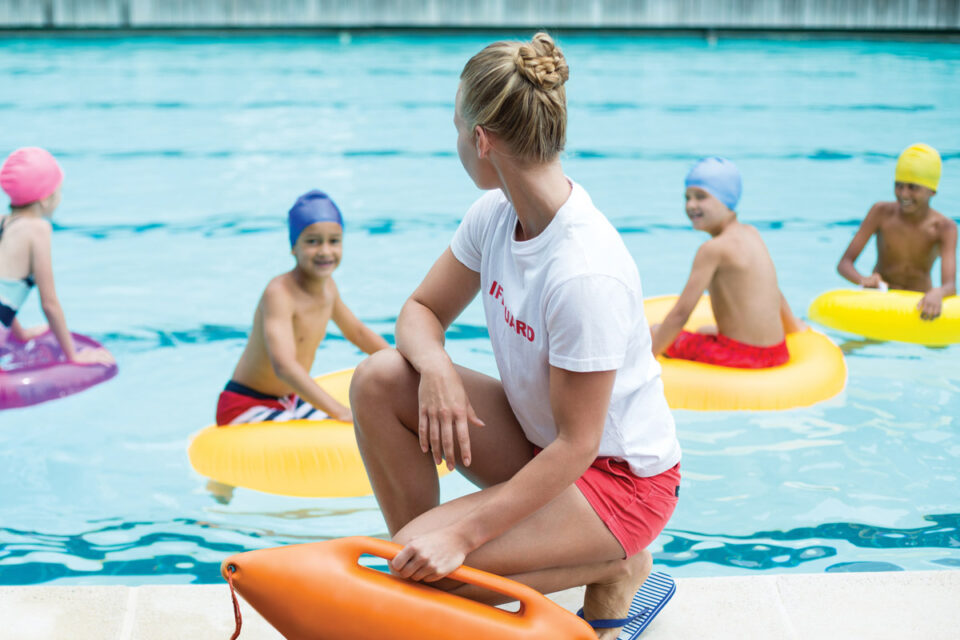
Float Like a Duck
This Las Vegas-founded nonprofit started in 2003 has been recognized both locally and nationally for its programming impact.
“Its positive, family-friendly context was easily embraced by organizations, municipalities, first responders and the media who joined our cause and supported our efforts in educating the public on the importance of safety while celebrating the joys of water sports,” says Joseph M. Vassallo, founder of Float Like A Duck and owner of Paragon Pools.
The father-son Paragon Pools team started a water safety initiative that includes a library of safety videos, a duck water-safety coloring book and an “ABCD” water safety checklist in both English and Spanish.
“As a pool builder who has installed thousands of pools in the community, we are proud to deliver a campaign with key actionable water safety tips, provide free swimming lessons to those at most risk and support youth aquatic competitive sports as a sponsor of the Nevada Desert Mermaids artistic swimming team,” Vassallo says.
Swim tip to share: Even at a public pool or a lifeguarded beach, use the buddy system, and don’t allow anyone to swim alone.
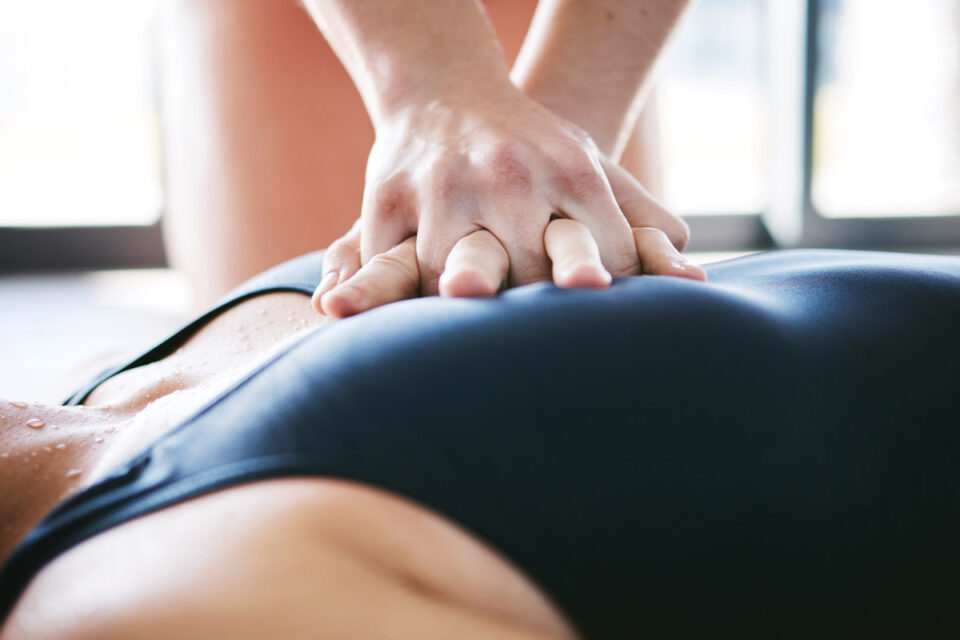
Colin’s Hope
At age 4, Colin Holst drowned in a public, lifeguarded pool. Colin’s parents — Jana and Jeff Holst — vowed to do their best to prevent childhood drowning tragedies by founding Colin’s Hope in 2008. Their hold is strong in the Austin, Texas, area, but they also have statewide, national and global awareness outreach.
One of those special initiatives includes educational virtual webinars for classrooms, summer camps and other class settings. The website is full of resources, water safety tips, water safety game ideas and other educational materials.
Swim tip to share: Cardiopulmonary resuscitation — also known as CPR — is an invaluable skill to learn as a parent and pool homeowner. CPR can provide an essential life-saving procedure while waiting for paramedics to arrive.
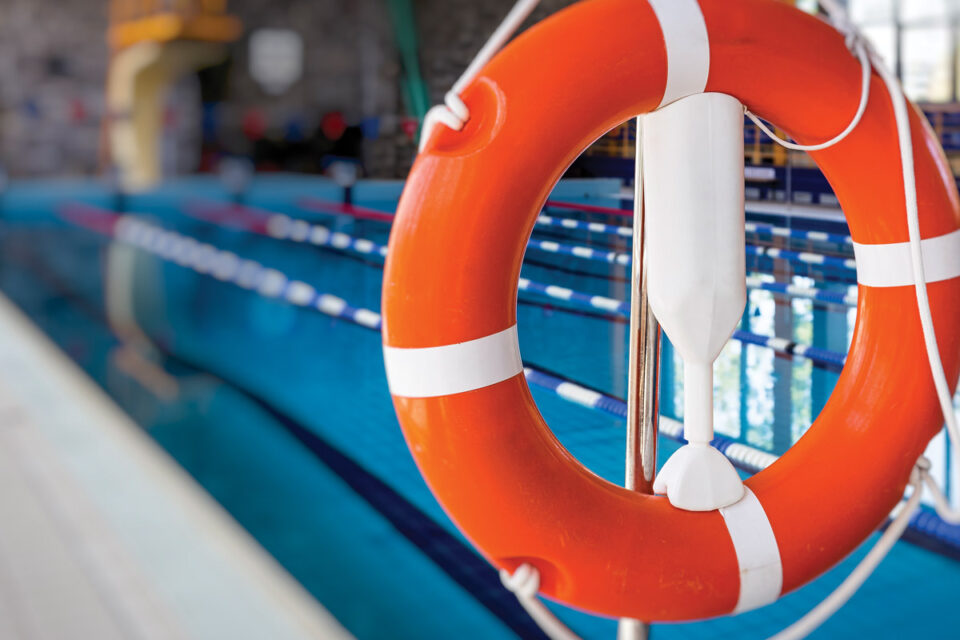
Pool Safely
With a mission to keep families and children safe in and around pools and spas, this national nonprofit boldly shares drowning facts on its social media pages. To stop sugarcoating the need for water safety awareness, this national public education campaign is focused on reducing childhood drowning, drain entrapments and submersion injuries. The campaign was launched by the U.S. Consumer Product Safety Commission to encourage the industry and the public to embrace water safety best practices and learn about life-saving water tips.
Swim tip to share: Keep pool and spa covers in working order and have life-saving equipment such as life rings or reaching poles available.
Additional Swim Safety Nonprofits
Across the nation, swim safety nonprofits are dedicated to helping families and individuals learn about drowning prevention. Here’s a look at some other nonprofits focused on swim safety:
- Abbey’s Hope
- No More Under
- Water Safety USA
- International Water Safety Foundation
- The Zac Foundation
- JACD Foundation
- Florida Drowning Prevention Foundation
This summer and beyond, PoolPro magazine staff challenges pool pros to share swim safety information with clients. Whether it’s leaving pamphlets at a client’s house, sharing a social media awareness post or shouting out and tagging one of the above organizations, the effort could save a life.

